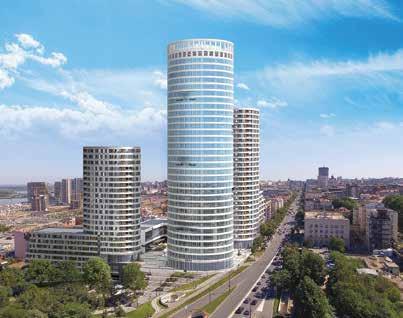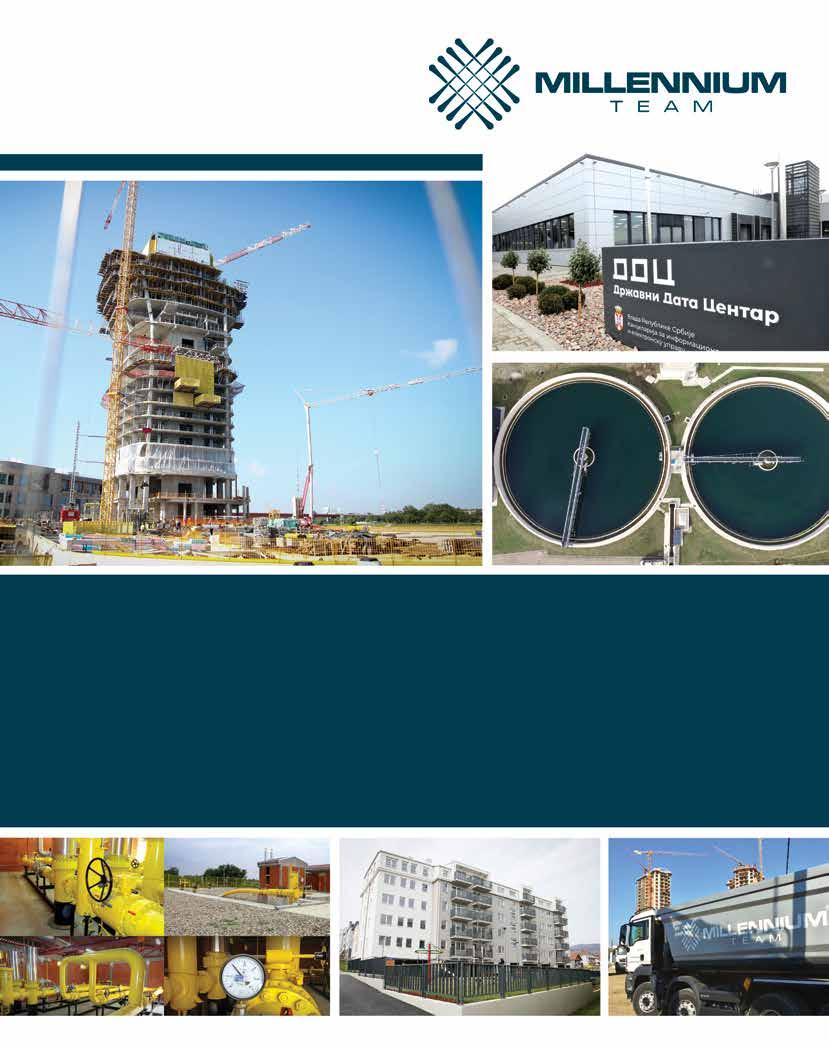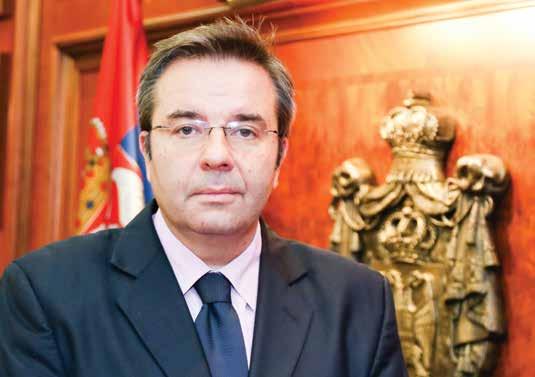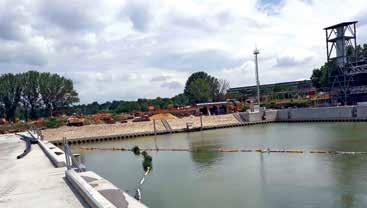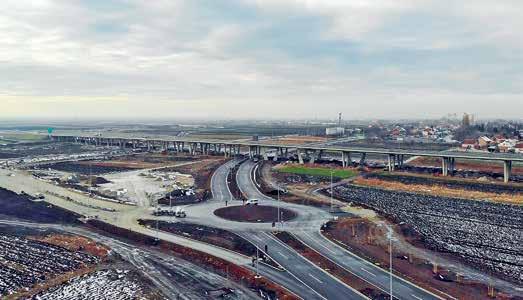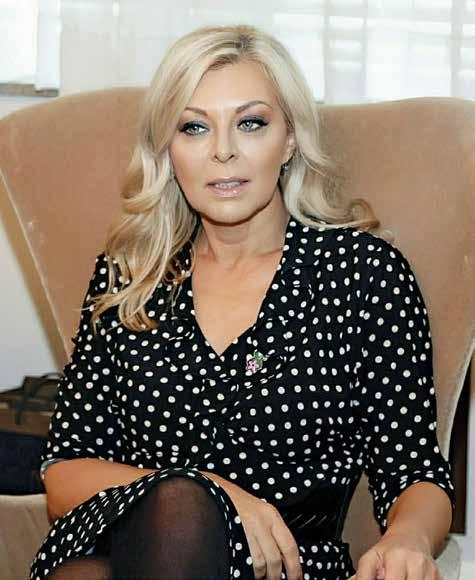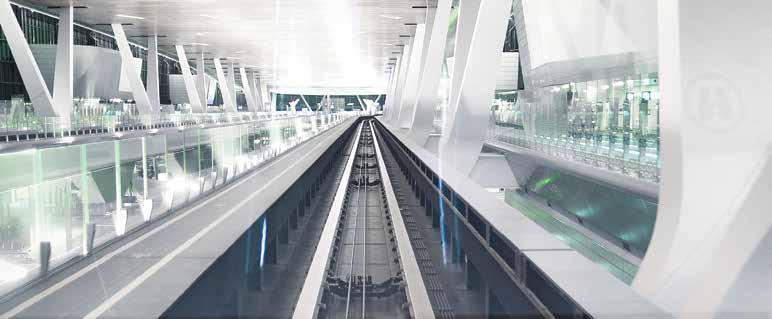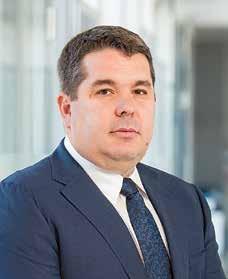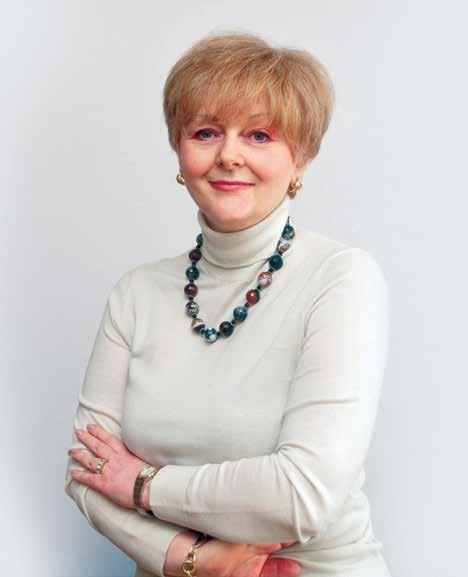
5 minute read
GREEN BUILDINGS FOR GREEN LIVES
Construction Leaders are LEED CERTIFIED
Any building can be a “green building”, whether it's a home, office, school, hospital, community home or any other type of structure, provided it fulfils clearly defined standards and rules
Advertisement
The LEED certificate is the same for building as a declaration is on food packaging - information testifying to the composition and quality of the product. This certificate introduces order to construction and directs builders towards proper design, care for the environment and energy savings
Since construction of the first communities and the first residential settlements, man has endeavoured to provide himself and his family with the best living conditions – protection against the weather and wild animals. In the modern world, where urban populations aren’t threatened by heavy snows, rhinos and lions, some different rules and housing standards apply. Valued today are structures that preserve natural resources and improve the quality of our lives; buildings that reduce or eliminate negative impacts through their design, construction or functioning, and which create positive impacts on our climate and natural environment. Valued today are “green buildings”.
Any building can be a “green building”, provided it meets the highest standards of sustainable construction from the aspect of energy consumption and natural resources, and these standards relate to the consumption of water and energy, air pollution, the raw materials used to construct the building, the quality of interiors, location and connectivity, social responsibility and profit.
And confirming whether these standards
have been met is the LEED standard certification, which has been awarded by the non-profit U.S. Green Building Council since 1994.
LEED (Leadership in Energy & Environmental Design) represents a certification programme for buildings, houses and communities that can be sought for both structures that have already been built and those that are still under construction. Four levels of certification exist, and the number of points determines the level of certification to which a facility belongs, while there are five categories for which the LEED certificate is awarded: Building Design and Construction (BD+C) – for exterior design and construction (newly built structures or buildings undergoing major renovations) Interior Design and Construction (ID+C) – for interior design and construction (the interiors of commercial buildings, retail outlets, hotels, motels, restaurants etc.) Building Operations and Maintenance (O+M) – applicable to improvements in the functioning or construction of existing buildings (educational and retail facilities, warehouses, hotels, motels etc.) Neighborhood Development – applicable to new development projects (renovation of housing projects, such as sustainable settlements) Homes – applicable to family houses (the design and construction of family houses).
Within the scope of each of these categories, it is necessary to meet certain prerequisites in order for the facility to become a holder of LEED certification, with a certain number of points awarded for each category.
Green Buildings For HEALTH AND WELLNESS
The Empire State Building, one of the most famous buildings in the United States, possesses a LEED GOLD certificate, while in Serbia, apart from the SKYLINE AFI TOWER, only 48 other facilities have, or are in the process of obtaining, LEED GOLD certification
ALEED GOLD certificate means that the construction process has adhered to the principles of sustainability – efficient use of water, reductions in waste generated and carbon dioxide emitted, use of materials that are not harmful to the environment, installing of heating, cooling and ventilation systems that comply with energy efficiency requirements Employees spend most of their time in the work space, which has a major influence not only on their efficiency and motivation, but also on their health and wellness. With this in mind, a question arises as to whether enough attention is paid to the materials used to make everything in the working environment, to the lighting, walls and floors. Is enough consideration given to the quality of the air that employees breathe during those eight hours they spend at work? How is the natural light, at what angle is it refracted, how is the quality of the glass etc.? Is all this important and, if so, to what extent? The heads of many foreign and domestic companies are increasingly paying attention to where they will locate their business and what working conditions they will provide for their employees, with an awareness that green buildings are the future and represent a profitable long-term investment. That’s precisely why it comes as no surprise that individual investors in Serbia are also increasingly opting for green construction, thereby contributing to the development of a new culture of construction that leads to savings on costs and enhances the efficiency of a facility, but also improves the quality of life of the entire community and the natural environment in which companies operate.
HOW DOES ONE EARN THE
TITLE “GREEN BUILDING”?
In order for a building to receive the “green building” title, it must meet some of the international independent standards of green construction and it then receives the appropriate certificate, the most common of which is LEED certification. This is a worldwide system of evaluating green buildings that takes into account several factors: design, materials used, economical running costs, compatibility with the latest technologies and compliance with energy efficiency requirements.
Millions of people live and work in LEED-certified buildings worldwide, and the reason is simple – they ensure greater productivity, comfort, and the happiness and health of tenants. This kind of opportunity will also be provided to all future tenants of the new business tower, Skyline AFI tower, which began being constructed last November and will be located within the scope of the Skyline Belgrade residential and business complex in Kneza Miloša Street. The investor behind this tower, AFI Europe, has fulfilled all essential conditions to ensure the facility will qualify for the LEED GOLD certificate.
WHAT DOES THE LEED GOLD
CERTIFICATE PROVIDE?
LEED Gold buildings consume 25 per cent less energy than the average business building that does no possess this certificate, while emissions of harmful gases are reduced by 34 per cent. As many as 61 per cent of the heads of major global corporations believe that working in business buildings that are LEED Gold certified is more productive and thus ensures the achieving of better financial results. The savings achieved in all segments are significant: $1.2 billion in energy savings, $149.5 million in water savings, $715.3 million in maintenance costs savings and $ 54.2 million in savings on waste generated. (https://www.usgbc. org/leed/why-leed).
Healthy and happy people, in a healthy working environment, provide the basis to build a healthy economy. That’s precisely why it’s important for everyone to understand that green buildings don’t only provide a healthy working environment, but also have a positive longterm impact on the global economy.
